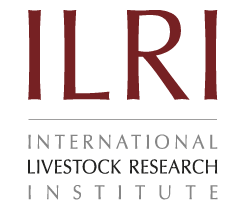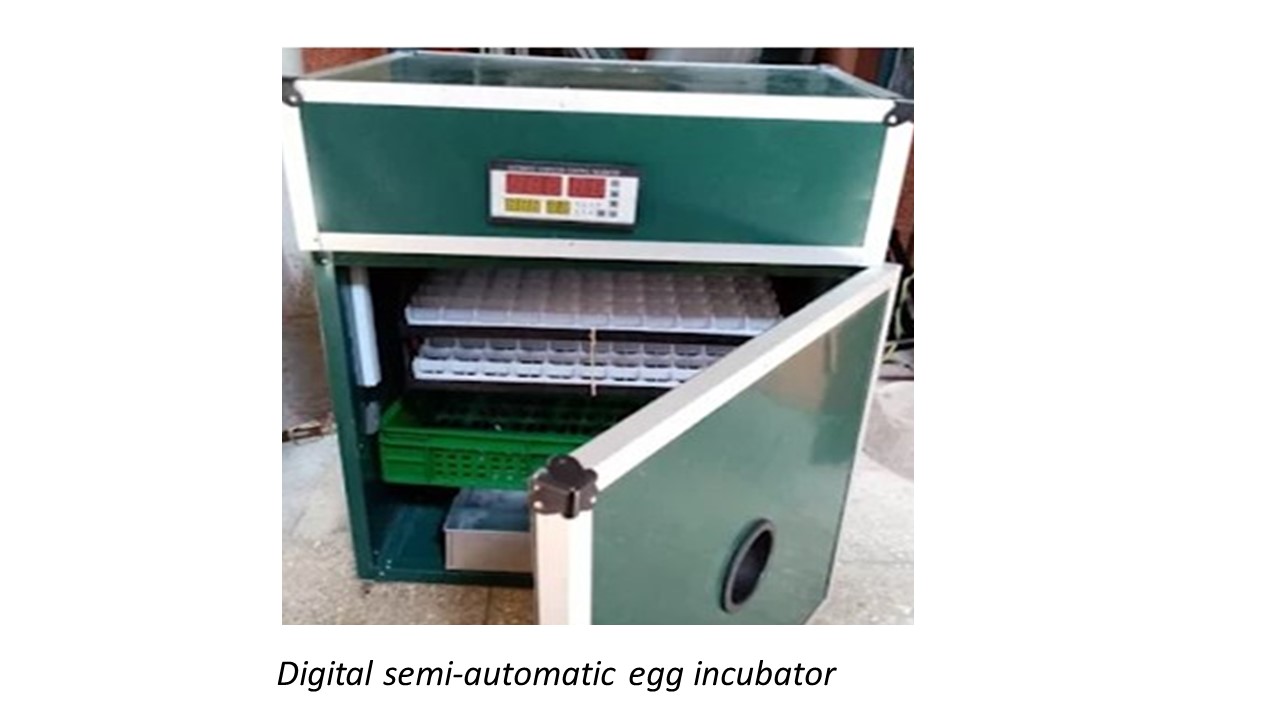Artificial Hatching in Semi-Automatic Incubators
Summary
The number of chicks that can be produced by hens via natural incubation is limited to 10-12 chicks per hatch. Such a rate does not allow rapid scaling of new breeds and reliable supply of young birds needed to expand poultry farming. Artificial hatching in semi-automatic incubators makes it possible to rear day old chicks (DOCs) within 21 days. These incubators successfully hatch 85-90% of fertilized eggs, save space and lower production cost which are key factors in obtaining good profit for an enterprise. Further advantages of artificial hatching are that many chicks can be produced in a short period of time and that production can be planned when there is need or demand. The process also avoids spread of parasites and diseases. Improved supply of chicks allows for increased consumption of eggs and poultry meat, leading to greater incomes for chicken farmers.
About the Solution
Artificial hatcheries mimic the process of incubation by a brooding hen but at a larger scale. Small incubators are designed to hold 50-150 eggs at a time. Semi-automated incubators heated with kerosene, or a battery-powered light bulb offer an alternative to grid electricity. In semi-automatic hatcheries, eggs must be turned manually but trays and traction rod can be used that allows you to rotate all of them at once. Fully automated incubators exist that turn eggs with rollers, but these are more expensive. Less sophisticated versions that do not require electricity have oil lamps as heating source and an insulated wooden box for hatching. Incubators may also be made from refashioned refrigerators. Many simple designs are available that use cardboard boxes and incandescent lights as heating sources.
Small semi-automatic artificial hatching incubators are ideal for rural communities that are removed from commercial distribution networks, making it possible for them to access healthy chicks of improved breeds. Large fully automated incubators serve the needs of areas that have several industrial scale poultry farms.
There are many commercial artificial incubators of varying capacities. Most depend on electricity, but some use gas or kerosene for heating. Semi-automatic incubators powered by electricity consist of temperature and humidity micro-controllers, low-speed axial fans, wet and dry build thermometers, hatching shelves and metal casing.
Fertile eggs must be collected carefully and stored properly until they are incubated. Eggs initially need a very controlled heat input to maintain the optimum temperature of 38°C. As the embryo grows (especially after 18 days), it produces more heat than it requires and may even need cooling. Moisture levels of 60% to 80% are important to stop excess moisture loss from the egg contents through the porous eggshell and membranes. Eggs must be turned three times a day for about 18 days. Hatchability will decrease if eggs are handled poorly or get too hot or too cold. The hatching incubator must be placed in a clean location where it can be securely operated. These eggs are inspected to be free from cracks and dirt and marked on one side with a marker to facilitate systematic turning of the eggs. Eggs are inspected against a light to determine their development stage, referred to as “candling”. Young chicks must be vaccinated against Newcastle Disease, can then be sold to brooder units. After each batch, remove the unhatched eggs, clean, and disinfect the incubator to prepare for the next cycle.
Commercialization
Commercially available
Solution Images
Institutions



